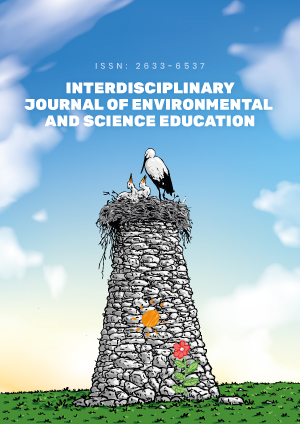Abstract
Several literature sources discuss the importance of nature of science (NOS) understanding and how having an understanding is central to being a scientifically literate citizen. As a result, developing NOS understanding is one of the most commonly stated objectives for science education. Acquiring views on NOS has been a prominent feature of research in this area since the 1960s. The following article provides a proof of concept for the transformation of a theoretical framework into a practical assessment tool (worksheet). The reconceptualized family resemblance approach to NOS is a theoretical framing of NOS which describes components of science in terms of categories subsumed under epistemic, cognitive and social systems. The aim is to explore its potential for use in science education and demonstrate its functionality so as to collect data on pre-service teachers’ understanding of NOS and substantiate what can be achieved through its application. The designed assessment tool has many purposes and in this case it was used in a pre-, post-, and delayed-post methodology to investigate pre-service teachers’ understanding of NOS following participation in NOS themed workshops. Implications for science teacher education will be discussed.
License
This is an open access article distributed under the Creative Commons Attribution License which permits unrestricted use, distribution, and reproduction in any medium, provided the original work is properly cited.
Article Type: Research Article
INTERDISCIP J ENV SCI ED, Volume 18, Issue 4, 2022, Article No: e2290
https://doi.org/10.21601/ijese/12111
Publication date: 25 May 2022
Article Views: 2543
Article Downloads: 1541
Open Access References How to cite this article
 Full Text (PDF)
Full Text (PDF)